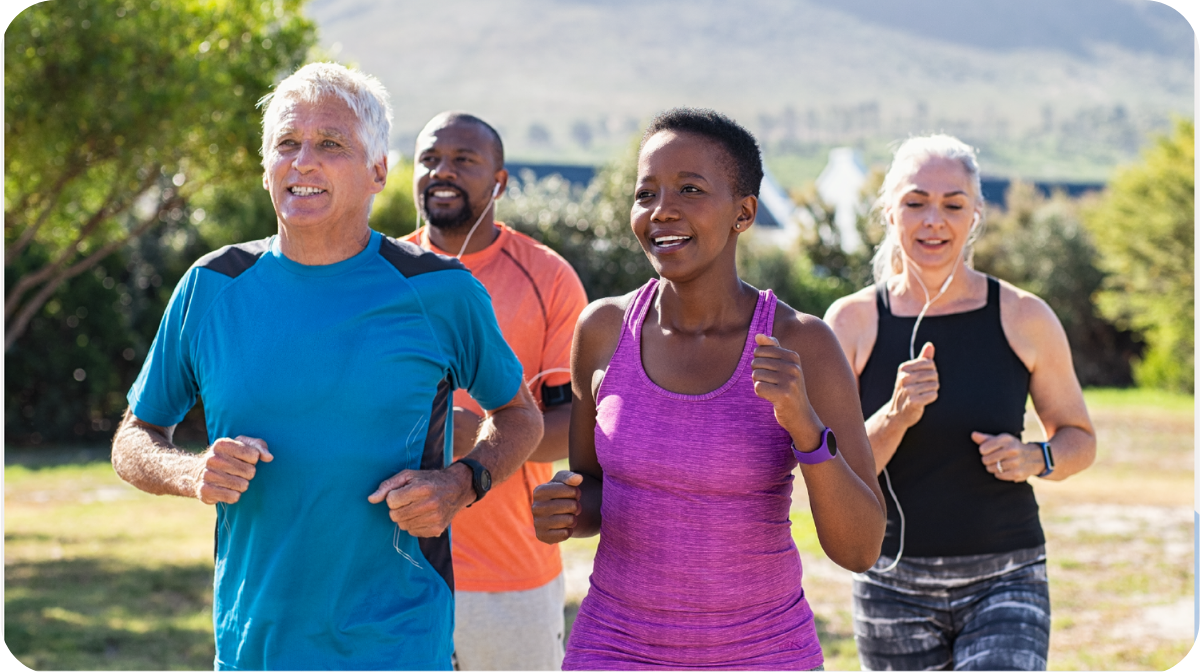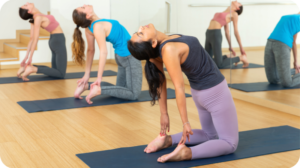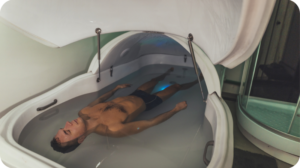Once upon a time, we were largely an outdoor population. People in cities didn’t necessarily live in dwellings where they wanted to spend a lot of time, so they got out and about. People who didn’t live in cities tended to have a lot of chores to do. Many walked or biked wherever they needed to go.
That was America, long ago.

In the modern world, we schedule exercise … if we can fit it in at all. We plan it, measure it, and time it. That’s why one of the most common questions is, “How much exercise do I need?” Anyone asking that is hoping for an easy, straightforward answer. Problem is, the honest answer is complex and different person to person. Still, we need a baseline.
So, to make things easier for the general public, medical experts and the media routinely quote 150 minutes of exercise a week as the sweet spot between effort and maximum benefit. Turns out the answer may more often be 300 minutes. The difference begs the question, “What kind of exercise?” After all, long walks are far from the same activity as a Pilates or running three miles. Where exercise is concerned duration is intertwined with the level of effort. Ultimately, intensity can be just as important as quantity.
Researchers recently summarized findings from a review of Framingham Heart Study participants. They found fitness improved as intensity increased. Someone who clocks the fairly impressive nine or ten thousand steps in a day isn’t getting the same benefit as someone who engages in one focused session of vigorous exercise. Similarly, the findings would seem to indicate that a person who walks for 30 minutes is getting far less benefit than someone who jogs or bikes for the same amount of time.
That’s why a better recommendation for most people, is 300 minutes of moderate exercise per week. You can dial that back to 150 minutes if you’re engaging in vigorous exercise (in which you hit the “target heart rate”—80 percent of your max heart rate).
Of course, one-size-fits-all is an oversimplification of physical fitness, and there are several other guidelines that can help you find the right combination of time and intensity. First, though, let’s back up and consider the best motivation for exercising to begin with (spoiler alert: it’s not dropping a dress or pant size).
The Ever-Growing List of Exercise Benefits
Most people have one (or both) of two goals in mind when they consciously exercise: cardio health or weight loss. But when trying to motivate yourself to get out there and run, walk, bike, or go to the gym, it helps to understand that the beneficial effects of regular exercise are much wider ranging and essential to overall health.
A wealth of research shows that regular exercise significantly reduces the risk of diseases from diabetes to cancer. It moderates the impact of aging and can mitigate many of the effects of chronic diseases such as arthritis or fibromyalgia (although anyone suffering from a chronic disease should consult a doctor before beginning an exercise routine). In fact, recent research reveals that exercise may even boost cellular function.
Beyond the biological, regular exercise has been shown to reduce depression and anxiety, and increase the duration and quality of sleep. You can even improve the look and health of your skin.
As good as all that is, exercise is especially relevant in today’s world because of how sedentary we’ve become as a society. Some medical experts have even called sitting “the new smoking”, and research continues to reveal serious health effects from long-term inactivity. Exercise is your way to combat that often hidden, silent, and serious damage to your health.
Simple Exercise Guidelines
Although we often talk about minutes per week of exercise, it is really a daily battle. That doesn’t mean you have to exercise an equal amount every day, but you should make an effort to get some exercise every single day. Here are other guidelines to keep in mind.
- Don’t measure success by the number on a scale. Weight loss is legitimate goal, but it’s complicated by many other lifestyle factors. The more important yardstick of exercise success is general health. Put more emphasis on your annual blood tests and check-up results, than on your waist size.
- There is no “fail”. Missing a day or even two should never be an excuse to quit an exercise program. The same goes for cutting a workout session short. Renew your commitment each day, and give yourself credit for the exercise you do, instead of criticism for what you don’t.
- Be aware of intensity. Most people exercise at a moderate level (i.e., walking, many yoga classes). The more intense the exercise (i.e., biking, running, aerobics), the less time you need to spend on it. However, you should balance this with enjoyment. If you hate running, chances are you aren’t going to stick with a running program.
- Make it social. Whether moderate or intense, exercise is almost always more enjoyable when done with others. In fact, fitness classes can be a great way to meet new people, or spend time with friends or family. Partnering with others in an exercise program also boosts your motivation to keep at it.
Share some love if you like this post!





